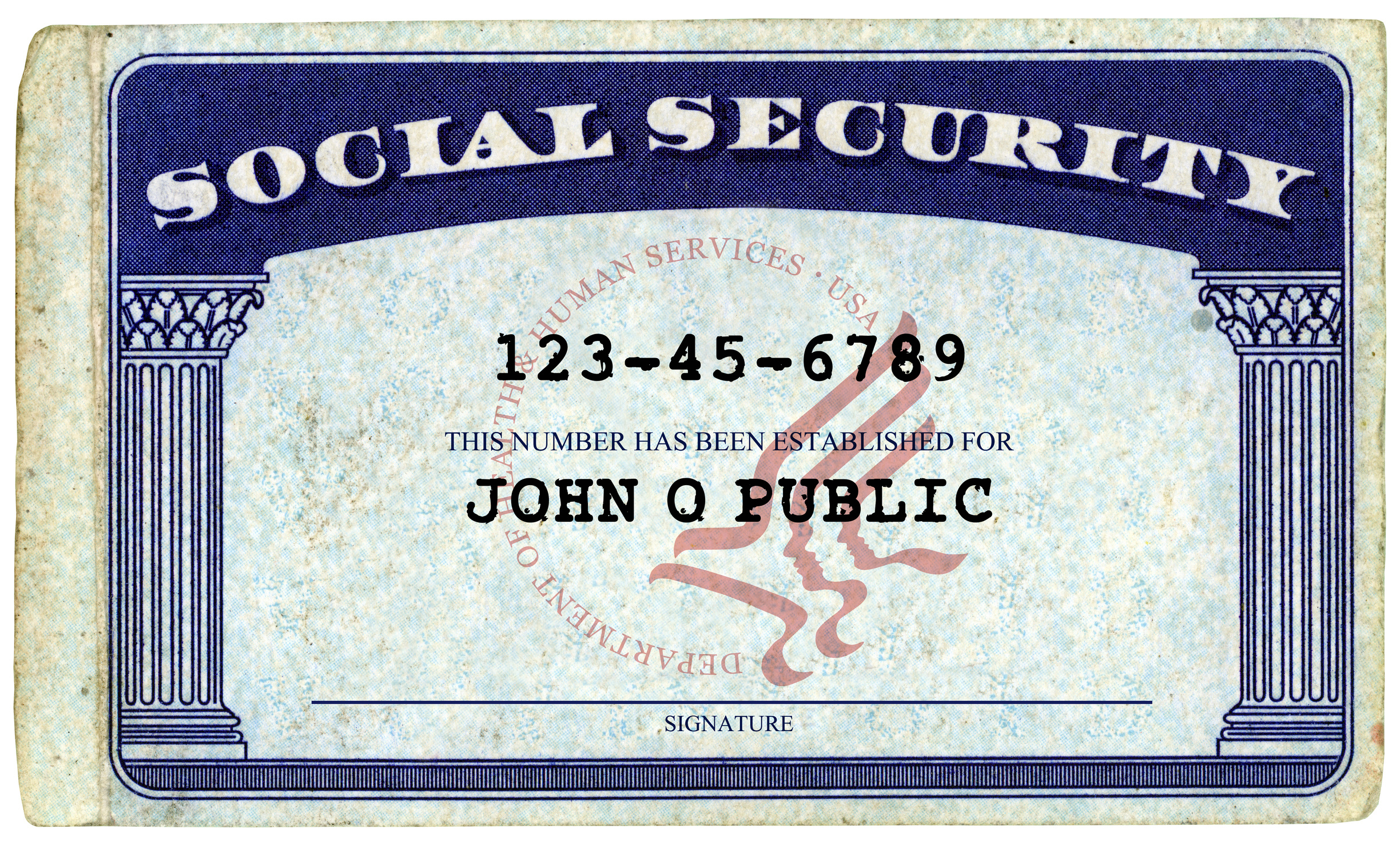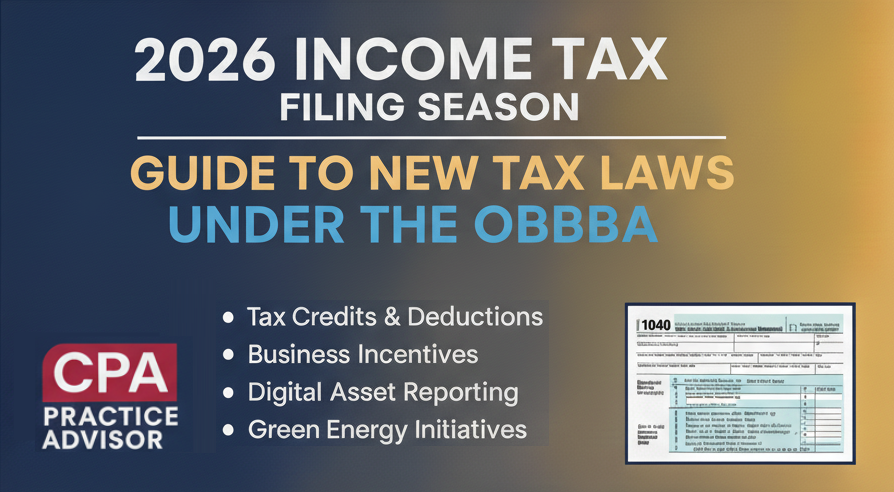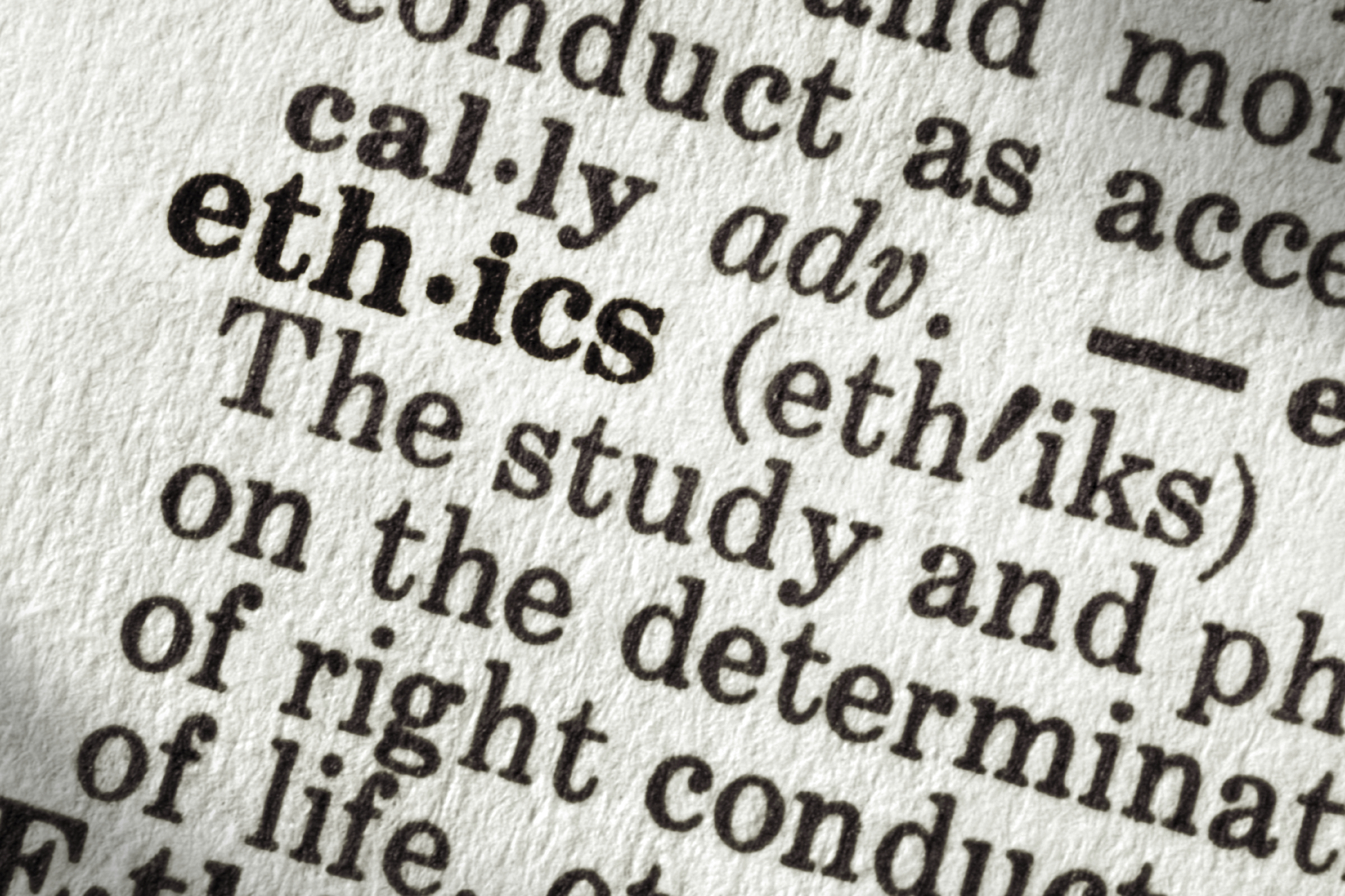Prepare your clients for a major Social Security tax increase next year.
The Social Security Administration (SSA) has just announced that the “wage base” for purposes of the Old-Age, Survivors, and Disability Insurance (OASDI) portion of Federal Insurance Contributions Act (FICA) tax, commonly referred to as Social Security tax, is jumping from $118,500 in 2016 to $127,200, a hike of $8,700 (SSA Fact Sheet, 10-18-16). Annual increases are tied to cost-of-living adjustments in the Consumer Price Index (CPI) as determined by the Department of Labor (DOL) Bureau of Labor Statistics.
There was no increase in the wage base from 2015 to 2016 and other recent increases have been much smaller.
The OASDI tax rate is 6.2 percent on wages up to this threshold. The 1.45 percent tax rate on the Hospital Insurance (HI) portion of FICA tax applies to all wages. Those rates have not been changed.
Both employees and employers are responsible for paying FICA tax. For instance, an employee earning $150,000 in wages in 2017 will have to pay $7,886.40 in OASDI tax and $2,175 in HI tax for a total of $10,061.40. The employer must pay the same amount.
And that’s not the end of the story. An additional 2.35 percent HI tax applies to filers with wages above $200,000 and joint filers above $250,000. Therefore, a joint filer earning $300,000 will owe $13,411.40 in tax.
Self-employed individuals don’t get away any easier. The tax rates are effectively doubled for these individuals to 12.4 percent on self-employment income up to the base of $127,200 in 2017 and 2.9 percent on all self-employment income. A 3.8 percent tax is tacked onto single filers with self-employment income above $200,000 and joint filers above $250,000. But self-employed taxpayers can deduct half of the self-employment tax they’re required to pay.
At least Social Security recipients will be getting a little extra in their stockings at the end of this year. Monthly Social Security and Supplemental Security Income (SSI) benefits for more than 65 million Americans will increase 0.3 percent in 2017. The higher payments to more than 8 million SSI beneficiaries will begin on December 30, 2016.
Thanks for reading CPA Practice Advisor!
Subscribe Already registered? Log In
Need more information? Read the FAQs




